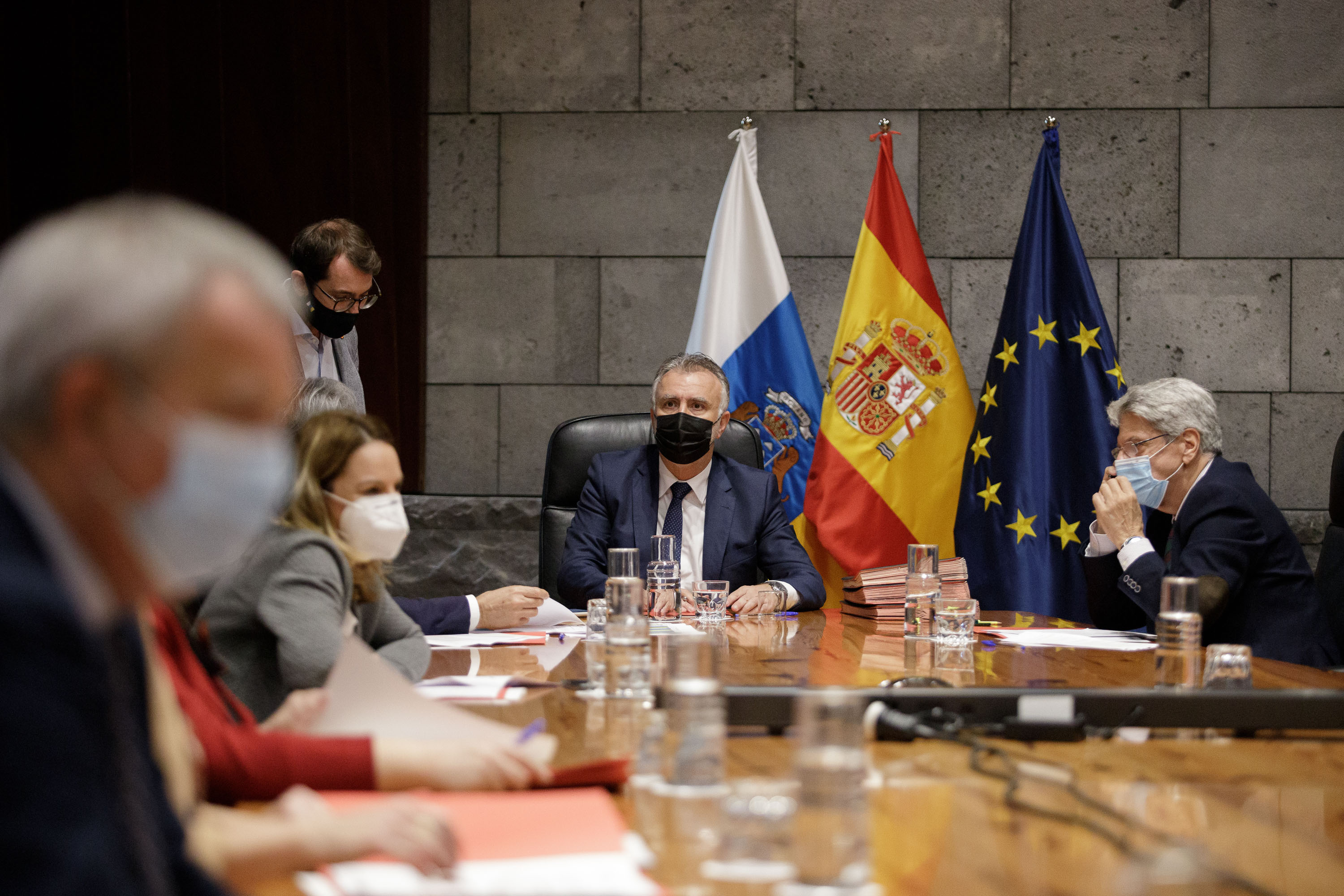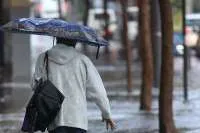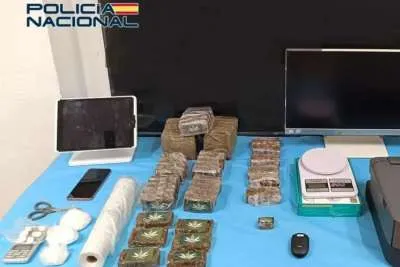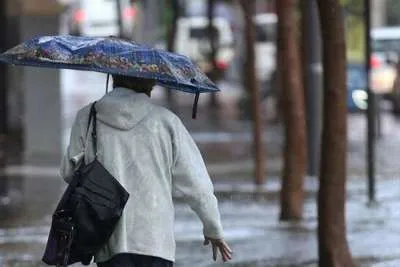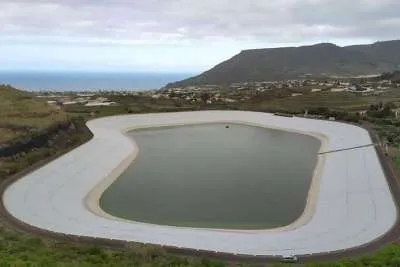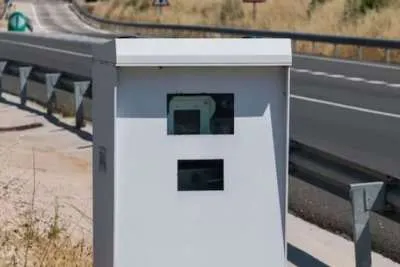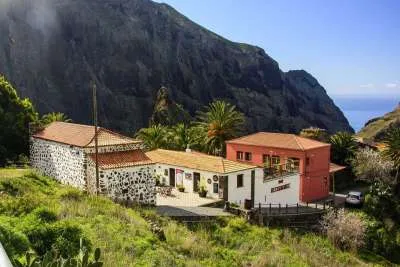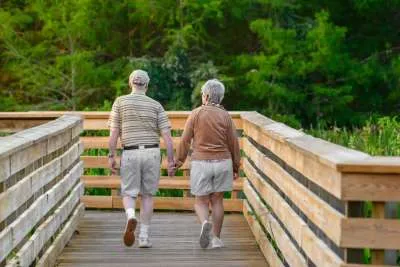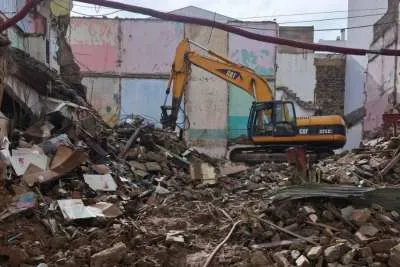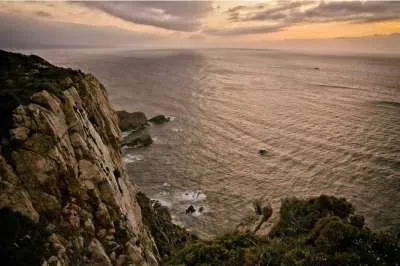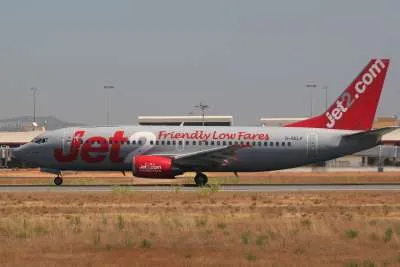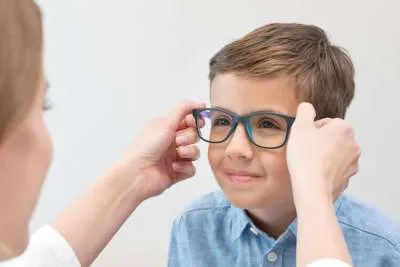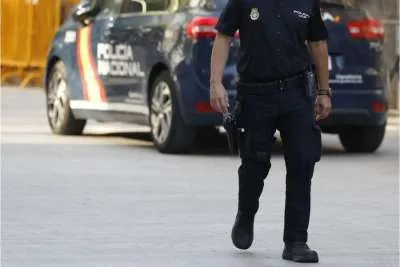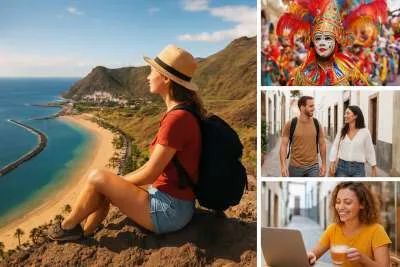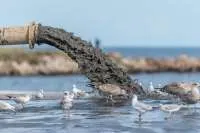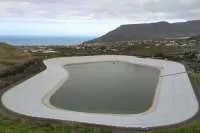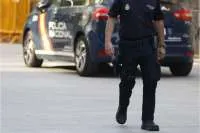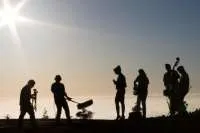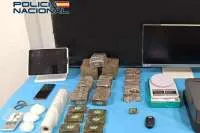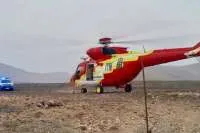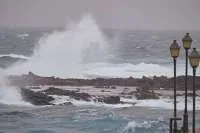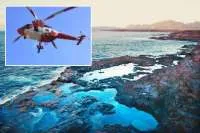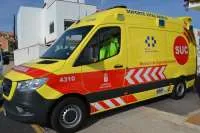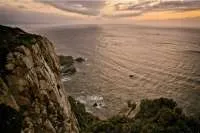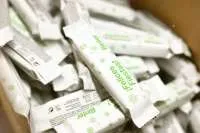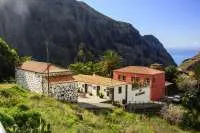Indicators show a level increase for Tenerife and a drop for Gran Canaria and Fuerteventura
- 21-02-2021
- National
- Canarian Weekly
The epidemiological indicators of Gran Canaria and Fuerteventura are now within the range to reduce the alert levels and restrictions on the islands, according to the indicators used by the Ministry of Health. These parameters are more difficult to interpret in the case of El Hierro, where the six new cases detected in the last seven days have triggered incidence rates on the island.
Later today the Ministry of Health will analyze all the islands data and will decide if Gran Canaria goes from level 3 to level 2 (red to orange traffic light), and if Fuerteventura and El Hierro go to level 1 (green traffic light).
In addition, they will study the upward trend of infections this week in Tenerife as four of the eight epidemic indices indicate medium risk, which could force the health authorities to put the island back to level 2, whereas Lanzarote continues with its indicators at very high risk.
Whatever happens today, the restrictions imposed on the entire archipelago for the ‘Carnival period’ will be lifted at midnight tonight, which meant a curfew of 10pm and limited group sizes in levels 1 and 2.
Beyond what the authorities decide today, Gran Canaria has met the criteria for going to Level 2 since Thursday as all its parameters are at a medium level except two that are at high risk. These are the 14-day cumulative incidence (AI) in people over 65 years of age, with 115 cases per 100,000 inhabitants, and the percentage of occupancy of ICU beds by Covid patients, which is 21%.
The rate of infections accumulated over seven days in Gran Canaria stood at 46.76 cases per 100,000 inhabitants yesterday, and over 14 days, at 123.60. These values are in the margins of medium risk, that is, between 25 and 75 points for the seven-day incidence, and between 50 and 150 for the AI14.
A move to Level 2 in Gran Canaria would mean people can enter in and out of the island without restrictions, the curfew would be extended until 11pm, and meetings of a maximum of six people would be allowed. In addition, it would mean the reopening of the interiors of bars and restaurants with a capacity limited to 50%, sports centres may reopen their doors with a capacity of 75% with a safety distance of 2 metres between people or groups of a maximum of 6 people will be allowed.
In the case of Fuerteventura, the indicators of positivity, traceability and healthcare pressure are at low or minimal risk values, in addition to the seven-day cumulative incidence in people over 65 years of age of 17 cases per 100,000 inhabitants. At medium risk, the AI remains at seven and 14 days, with 49.60 and 89.00 points. However, the fact that the care pressure markers are not at medium risk gives a free pass to go to level 1.
As for the island of Tenerife, until Friday half of the epidemic indicators were at medium risk levels; specifically, the cumulative incidence at seven and 14 days, 42 and 77 cases per 100,000 inhabitants, respectively, in addition to this rate for those over 65 years of age at seven days, as well as the percentage of occupancy of the ICUs by Covid patients, with 12%. Theoretically, these parameters and the upward trend in infections would force the risk level to be raised from level 1 to level 2 in Tenerife.
Despite the continued fall in infections, Lanzarote still presents very high risk indicators: 14-day AI of 269 cases per 100,000 inhabitants and 31% occupancy of ICU beds with Covid patients.
In La Palma and La Gomera, all the indicators indicate minimal or low risk, except in La Gomera, where the seven-day AI for people over 65 years of age is medium, with 43 cases per 100,000 inhabitants.


